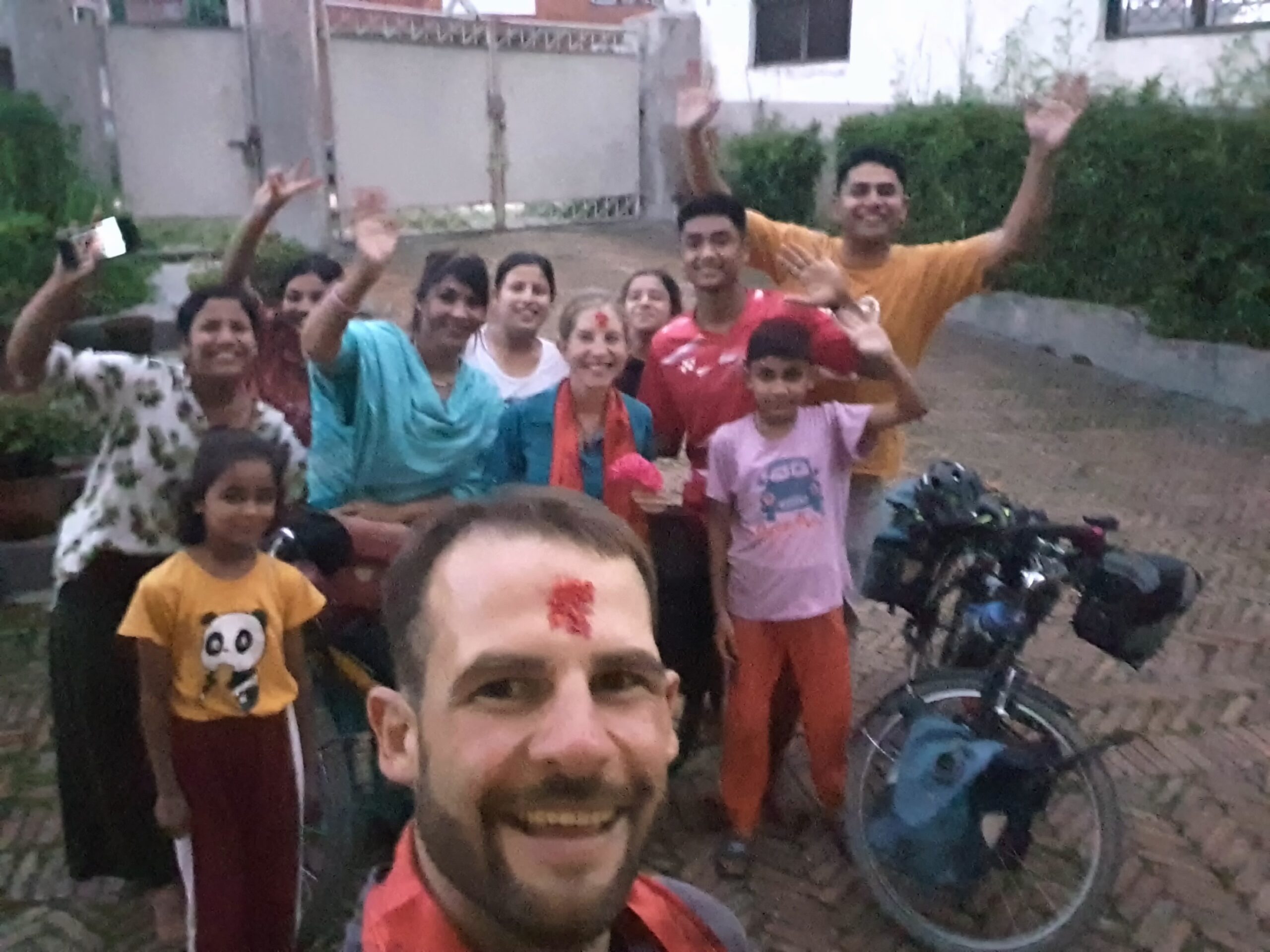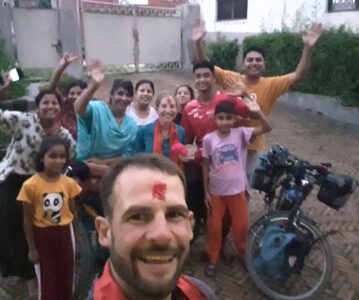Although Kathmandu is only 1500 meters above sea level, the last nearly 70 kilometers involve a crisp 2870 meters of elevation gain. Apart from the flat lowlands, Nepal offers a very wrinkled surface that culminates in the Himalayan Mountains. That means for us: Steeply up, now and then down and diligently collect altitude meters. Shortly after Hetauda we branch off from the main west-east route and head north up into the hills. We choose a route that is exclusively used by jeeps and motorcycles and thus escape the buses and trucks. However, the road quality also decreases pretty soon and during this first “climbing day” we rumble through potholes and coarse rubble up the hill. Meanwhile, for once, we follow a schedule to arrive in Kathmandu on time. On 31 May Louie`s mother lands in Nepal and will spend two weeks with us. Louie`s plan works out wonderfully and for this last adventure stage we have a comfortable four days. After only 44 kilometers but partly steep 870 meters of altitude we reach Bhimphedi. A roof over the tent is mandatory in the monsoon season and Louie explores the village to find a suitable place to spend the night. He returns with a meager report, but we are lucky again: thanks to asking around we get permission to spend the night in the school. Soon we get into conversation with some of the teachers who occupy a room right next to their classrooms. Interested, they watch us cooking and ask many questions about our trip. Communication is easy. Everyone here speaks English and we can leave “Google Translate” and my Nepali chunks in the backpack from now on. The teachers seem proud of their country with its wealth of cultures, languages and geographical features. They are also full-blooded teachers who probably try to reach their students with the limited resources available. However, they also clearly criticize the school system, which does little justice to the different learning types and individual thinking. The results of the state-mandated compulsory examination at the end of the 10th school year largely determine further career opportunities. The test is based on the ability to memorize and reproduce countless books, facts and formulas. In practice, this means that instruction is largely focused on rigid repetition, correct copying, predetermined answers, and memorization of entire textbook passages. Class sizes are usually large, so that forms of instruction outside of frontal instruction are not at all practical. Individual thinking is not appreciated and does not bring any advantage in the exams. Mahesh sighs and his explanations make it clear that he would also have an idea of somewhat more modern forms of teaching, but that these are not feasible. Being a teacher here does not only include the daily lessons. After school hours, individual teachers ride along on the school bus and help to deliver the children again as close as possible from their remote farms. The bus ride in no way replaces the trip to school. “And what does a teacher earn for this full-time job?”, I want to know. “20`000 Rs (150 CHF) for a primary school teacher, 15`000 Rs (112 CHF) for a nursery class teacher and around 30`000 (225) for teachers of the older students,” is Mahesh’s answer. Apparently, these figures are the result of a recent wage increase in government schools.
Without a family, one can barely survive on such a wage, and Mahesch and his young colleagues seem reasonably satisfied with it for the time being. The idea of our Swiss wages in the same professional field are simply astronomical!
Soon it starts to rain in torrents and we gladly accept the offer to spend the night in one of the classrooms. The night is pleasantly cool and the next morning we feel ready for the next steep climb. From Bimphedi the road is freshly paved and in wonderful condition. The road layout is spectacular: in incredibly steep, narrow serpentines, the route winds its way up along narrow ridges. Thick fog spoils the certainly impressive view and we are glad that the overtaking jeeps adjust their driving speed to the conditions. A good 1000 meters later we reach the big reservoir Kulekhani. Here we set up our second last camp before arriving in Kathmandu. It is humid and it is creeping and crawling. Fortunately, a covered concrete platform offers us protection from the animals and the nightly rain showers.
Two more leisurely and steep days of driving finally bring us to the Kathmandu Valley. Since my first stay here about 14 years ago, the once so romantic, green valley has been virtually flooded with houses. Villages have grown together to form sprawling suburbs, and at first glance there is not much left of the former greenery. Trees or even parks can hardly be seen from a distance, and instead the masses of houses eat their way up the surrounding chains of hills. The edge of the city comes abruptly and before we know it, we are winding our way between smoking buses, motorcycles, heavily loaded bicycles, cows and trucks towards the Ring Road. Our first destination is the great Buddhist stupa Swayambhunath. This impressive pilgrimage site is considered one of the oldest Buddhist temple complexes in the world and is estimated to be up to 2500 years old. We circle the temple mountain as a welcome with our bikes and try to grasp that we have now actually arrived in Kathmandu. With our bicycles from Switzerland.
Later in the evening, of course, we stop by in Kusunti at the La Dhokas: My project partner Laxmi Dhungel, her husband and son and our currently six protégés, who have meanwhile turned into young adults, live here in our rented house. We are warmly welcomed and marveled at and can hardly believe even the sight of our touring bikes in the Kusunti house.
Translated with www.DeepL.com/Translator (free version)


